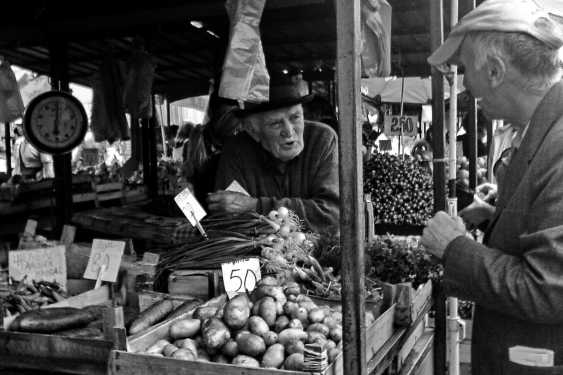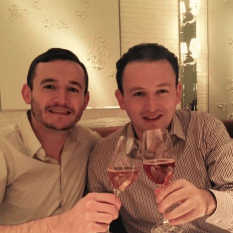
On a changing Belgrade
Homemade with love
Belgrade is in a constant state of flux. There are near-endless developments, much to the delight of my son who loves cranes and diggers. Lots of the traditional architecture is disappearing. I fear that something more fundamental is being eternally lost but often feel helpless to preserve it.
For the past fifteen years or so, I’ve been fortunate to work as a writer and former diplomat across the former Yugoslavia. It gave me the opportunity to discover many wonderful sides of a region that has since become home.
During these times, Belgrade has always been a welcoming and relaxing place for me and my family. Serbia is a country that loves children. Enter a restaurant with an irritated toddler and they’ll strive to make sure they have French fries or pancakes for them, no matter how pretentious the decour. Other patrons will lend their support.
Despite its grey reputation, this is a city full of green spaces like Tašmajdan, the Botanical Gardens, or Kalemegdan. The banks of the Sava and Danube provide inner city tranquillity. New tracks parallel to these rivers will allow you to cycle or rollerblade from Ada Ciganlija to Ada Huja. Belgrade is finally embracing its landscape.
These are sources of natural beauty that need to be nurtured for all. Belgrade is in a constant state of flux. There are near-endless developments, much to the delight of my son who loves cranes and diggers. Lots of the traditional architecture is disappearing. I fear that something more fundamental is being eternally lost but often feel helpless to preserve it.
One area where there has been a fundamental and positive transformation when it comes to traditions is in people’s appreciation of the country’s rich gastronomy scene. There has been, first and foremost, an explosion in the quality and diversity of Serbian wine. Prokupac, Grašac, Tamjanika, Morava, to name but a few - varieties which have become the heart and soul of a wine renaissance.
Winemakers are experimenting and exchanging notes on what works and what might work. Tastes are evolving and habits are changing. Serbs are beginning to appreciate the wealth of their own soils. Michelin starred restaurants throughout Europe are adding their own validation.
Yet the food culture remains understated, though not in terms of portion sizes. There is none of the pageantry of French cuisine. Pancakes are simply pancakes, not ‘crepes’ or ‘gallettes’. They are eaten from a kiosk as opposed to a tablecloth. A traditional ‘krem pita’ (or ‘cream pie’) is similar to a mille-feuille.
Fortunately, a new generation of chefs is taking the same ingredients of yesterday and demonstrating the potential of Balkan cooking. They are embracing new techniques and showing the richness of the regional harvest. It is an exciting time to be a ‘foodie’ in Belgrade.
Contrary to popular opinion, vegetarians can thrive in Serbia. One of my favourite weekend pastimes is exploring the green markets at Bajloni, Palilula, or Kalenić. We eat seasonally, choosing recipes based on what is available. One can’t help but see the prices plummet as there is a glut of watermelons, peppers, or pumpkins.
This is where there remains a fundamental difference in culture and outlook. The best rakija one has at home comes in a recycled bottle, not from a distillery. There is a distinct pride in the term ‘homemade’. At its heart is something that is ever more appealing to consumers elsewhere - a lack of additives. It is nature at its purest.
Serbia, as with its neighbours, should embrace and be prouder of its outstanding nature, which is too often littered. There is no greater peace than that which is found by escaping to the Tara national park for a weekend. Walk the carefully marked trails for the views toward Bosnia and Herzegovina, whilst recalling the information centre’s words about what to do if you encounter a brown bear. It is indeed funny that they do like honey, but only if it is homemade.
Ian Bancroft is the author of ‘Dragon’s teeth - tales from north Kosovo’ and ‘Luka'.
This piece was printed in the June/July issue of Outstanding Serbia, AirSerbia's inflight magazine.
The cover image is by Vlasta Juricek and is published under a Creative Commons License.
Ian is a writer based in the Balkans. He is the author of 'Dragon's Teeth - Tales from North Kosovo' and 'Luka'. Follow Ian on Twitter @bancroftian.
Currently in: Belgrade, Serbia — @bancroftian
